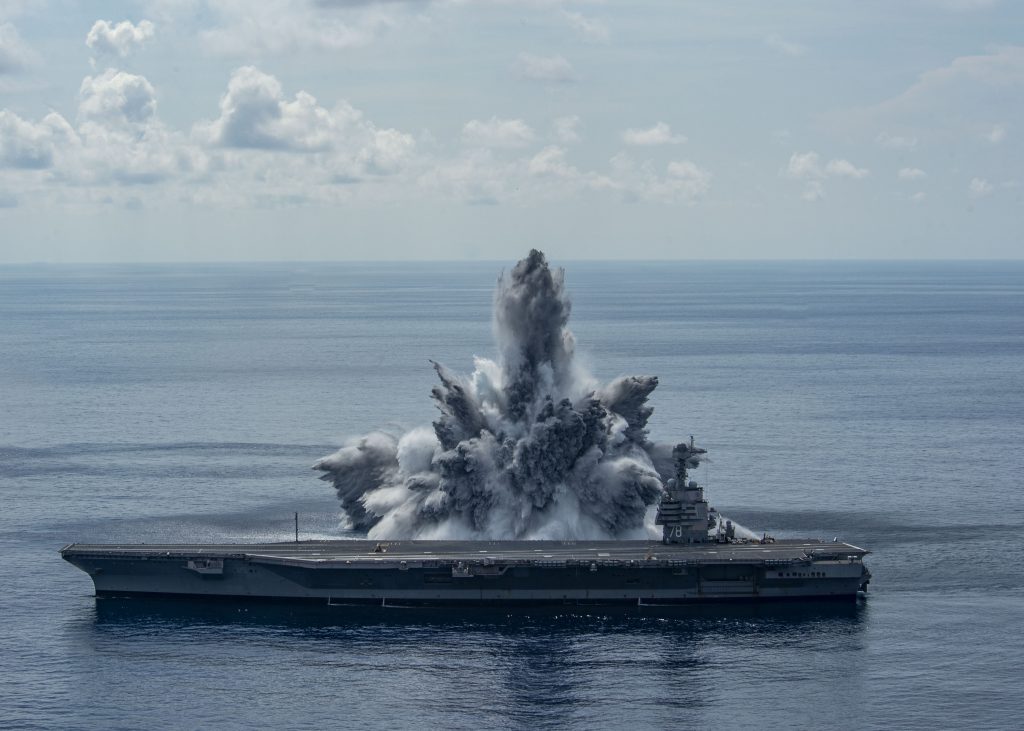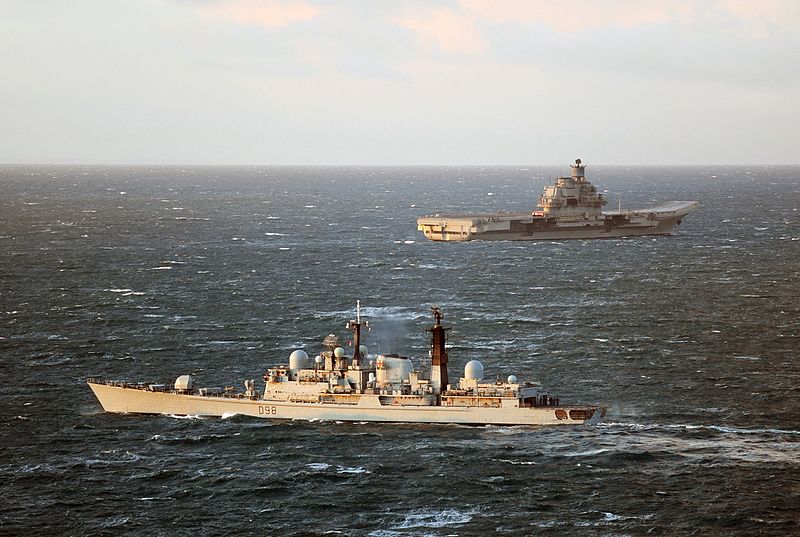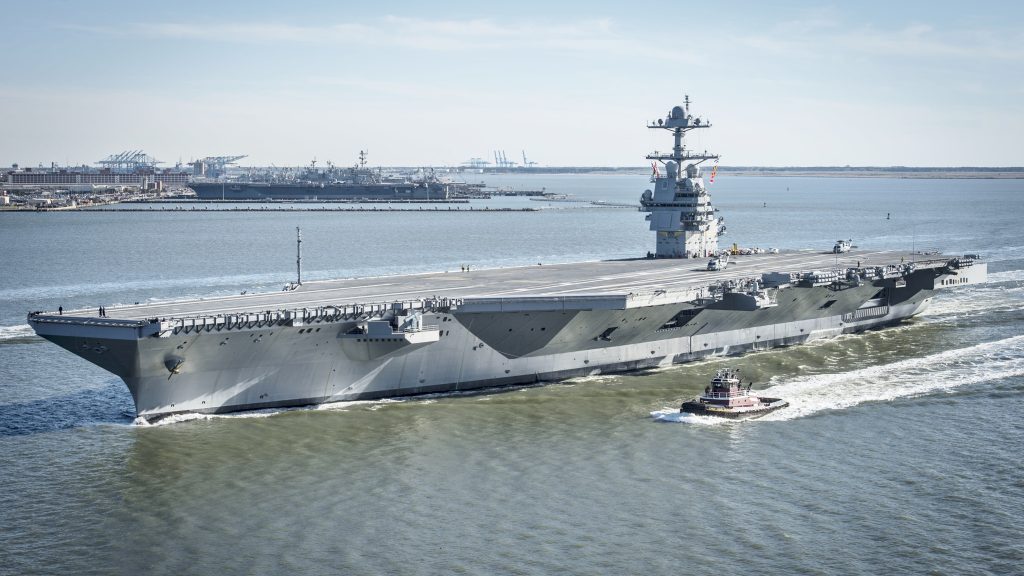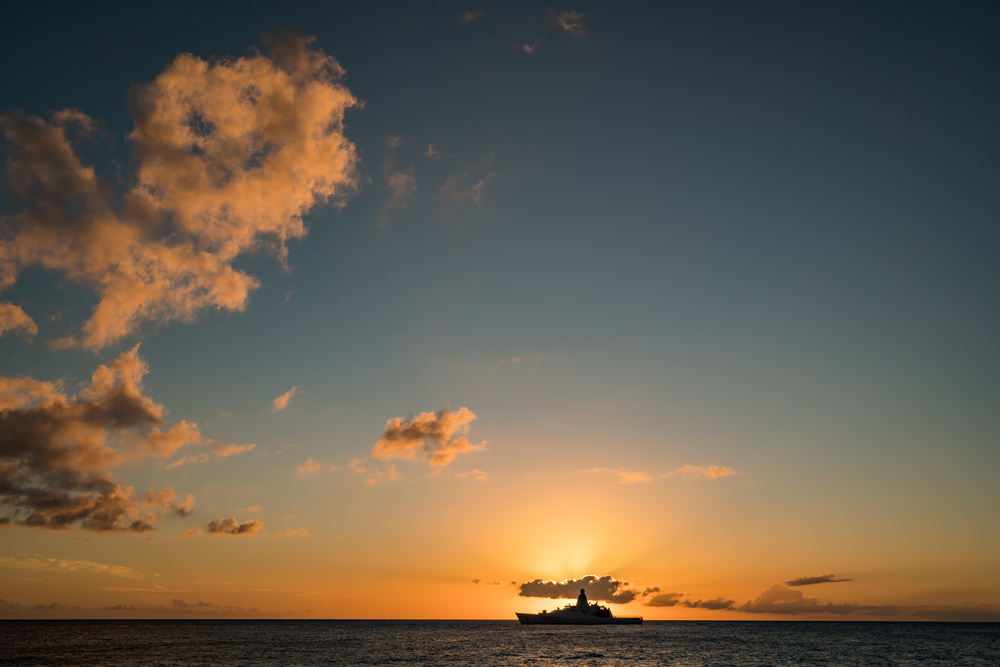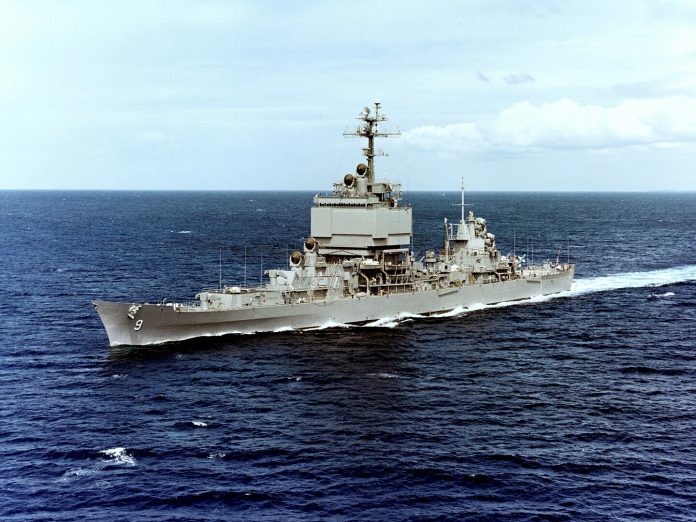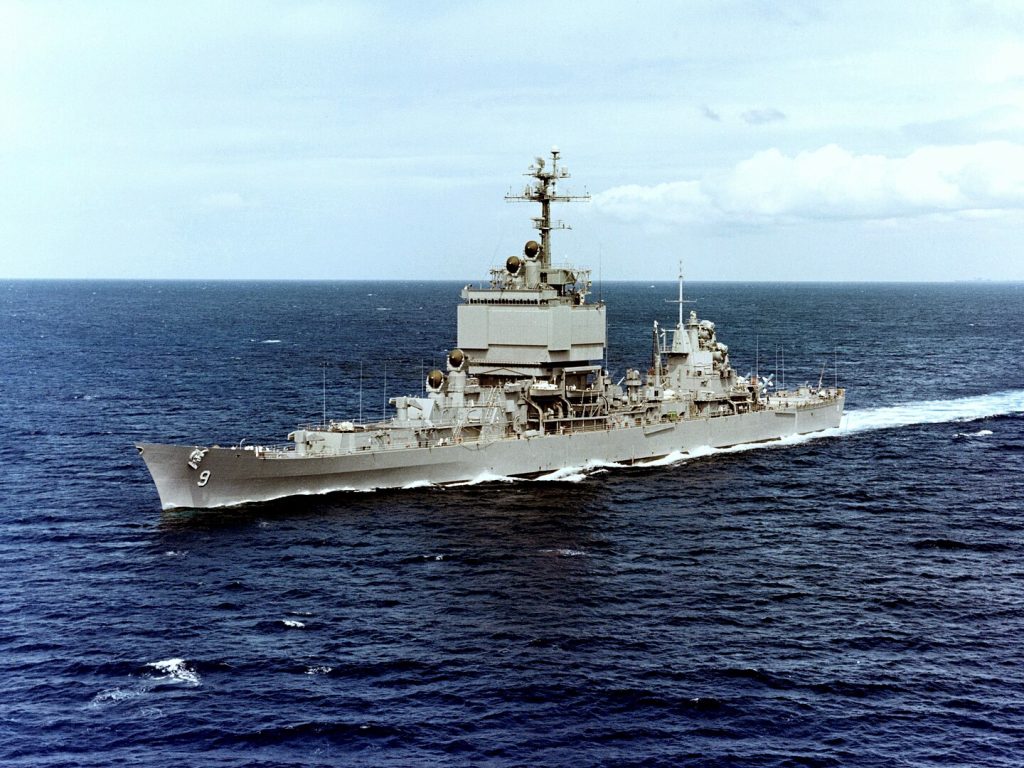
In the annals of naval warfare, few ships have marked as significant a technological leap forward as the USS Long Beach CGN-9, which became the first nuclear-powered guided missile cruiser to join the U.S. Navy. Commissioned on September 9, 1961, the Long Beach represented a formidable combination of nuclear propulsion and missile armament that defined a new era in maritime power projection.

The inception of Long Beach as a “new class” warship—designed entirely after World War II—brought about several firsts. It was the only ship of her class, making her unique in design and purpose. As the third Navy ship christened in honor of Long Beach, California, she became the last ship built on a traditional “cruiser hull” in the US Navy, which was abandoned in favor of scaled-up destroyer hulls for subsequent cruisers. This distinction earned her the title “The Only Real Cruiser” in her later years.
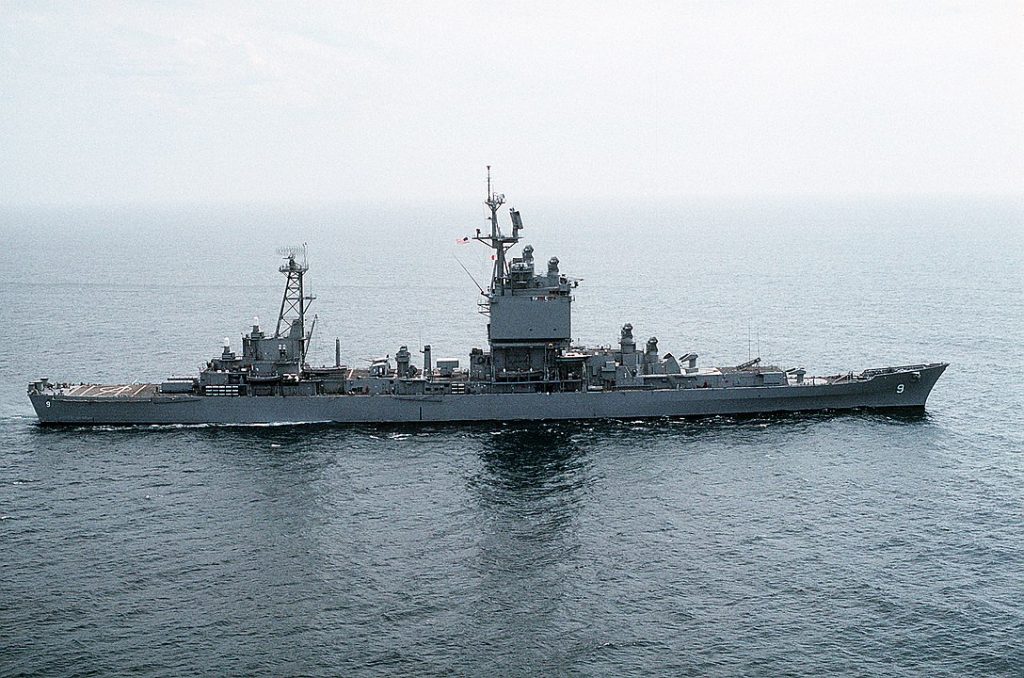
Long Beach’s design incorporated cutting-edge technology from the outset, initially planned as an “all-missile” ship. However, at the behest of President John F. Kennedy, two 5″/38 caliber gun mounts were fitted for added versatility. Her high superstructure housed the SCANFAR radar system, the AN/SPS-32 and AN/SPS-33 phased array radars, which were pioneering forerunners of the Aegis combat system’s AN/SPY-1 radar.
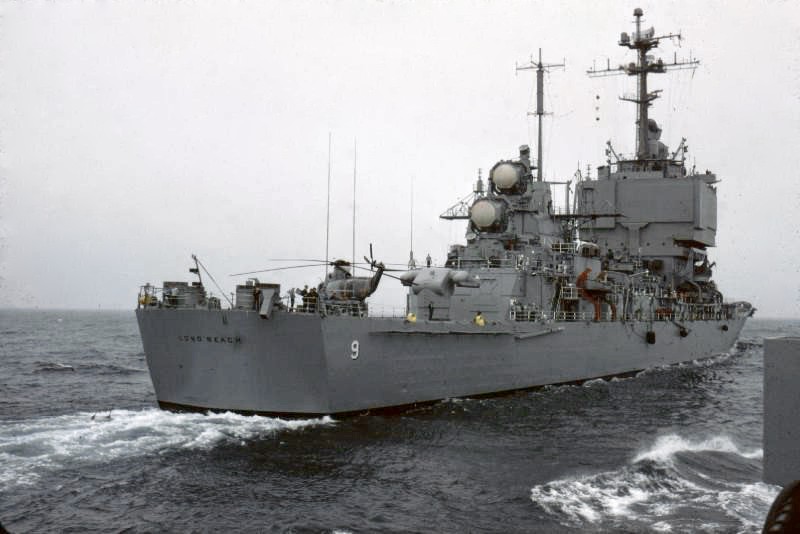
Her weapons suite was formidable, initially featuring Talos long-range and Terrier medium-range surface-to-air missiles (SAMs), ASROC anti-submarine rockets, Mark 46 torpedoes, and the two 5″/38 caliber gun, capable of surface and shore bombardment to a range of 18,000 yd (16 km). Through the years, the Long Beach’s arsenal evolved, embracing advancements such as the BGM-109 Tomahawk cruise missiles and Harpoon anti-ship missiles, enhancing her long-range strike capabilities.
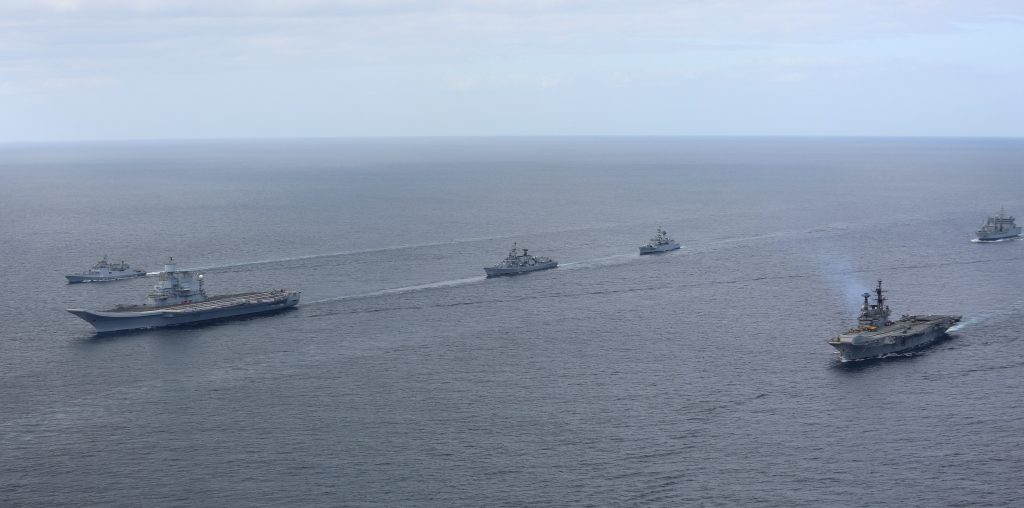
The nuclear propulsion of the Long Beach—powered by two nuclear reactors allowing speeds of 30 knots without refueling—enabled her to serve as a cornerstone of U.S. maritime strategy. Her operational prowess was demonstrated during the groundbreaking “Sea Orbit” operation. Alongside the USS Enterprise and USS Bainbridge, she formed the first all-nuclear-powered task force in May 1964, circumnavigating the globe without refueling, underscoring the strategic autonomy nuclear propulsion afforded naval forces.

Throughout her service, Long Beach played a pivotal role in various global operations, ranging from peacekeeping in the Mediterranean during the Cold War to combat operations during the Vietnam War. She notably served as a radar picket in the Gulf of Tonkin, directing air operations over North Vietnam. During the Gulf War, she supported coalition forces, providing maritime dominance through her sophisticated sensor and weapons systems.
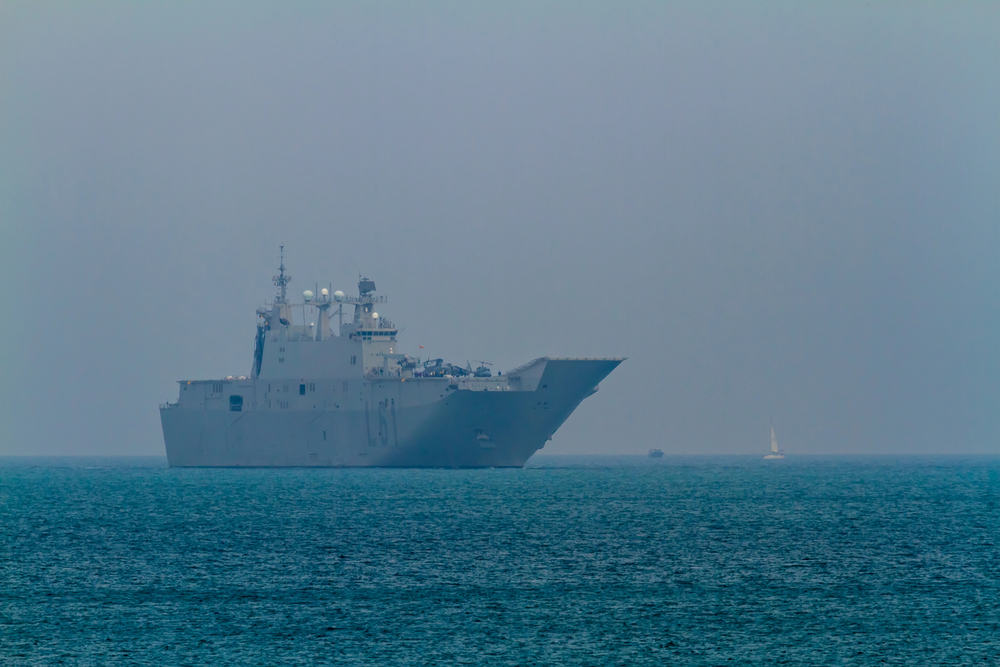
After over three decades of service, the USS Long Beach’s operational life came to an end. She was decommissioned on May 1, 1995, after a storied career that saw her sailing through multiple conflicts and across the world’s oceans. Her legacy persists, not only in the memories of her crew but also as a harbinger of the nuclear age in naval warfare.
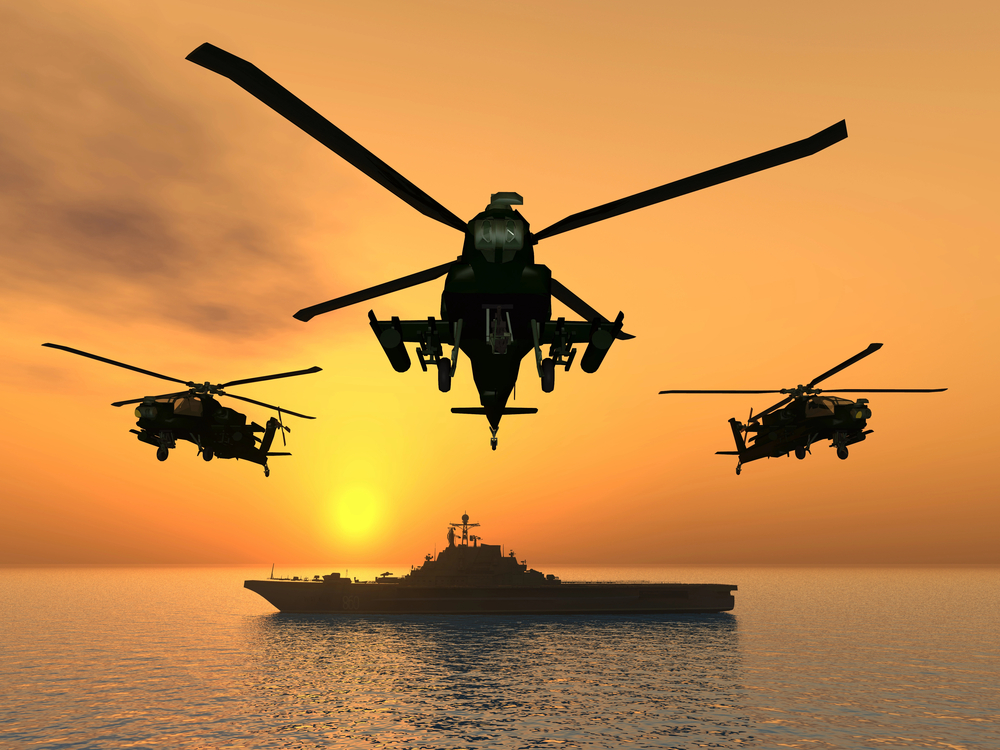
Today, the hull of the once-mighty cruiser awaits its final disposition at the Puget Sound Naval Shipyard, following the removal of her superstructure. As the Navy progresses and new ships join the fleet, the pioneering spirit of the USS Long Beach CGN-9 continues to resonate, a testament to innovation and power in U.S. naval history.
related images you might be interested.

